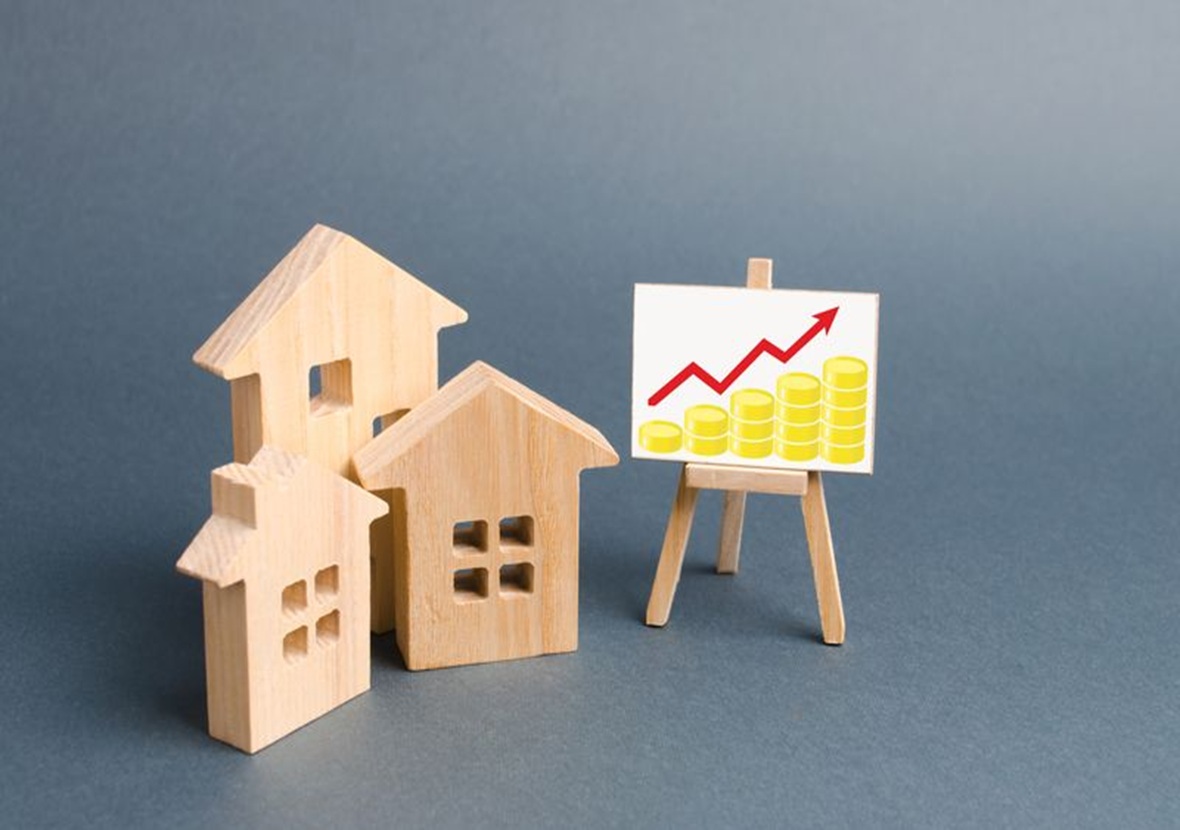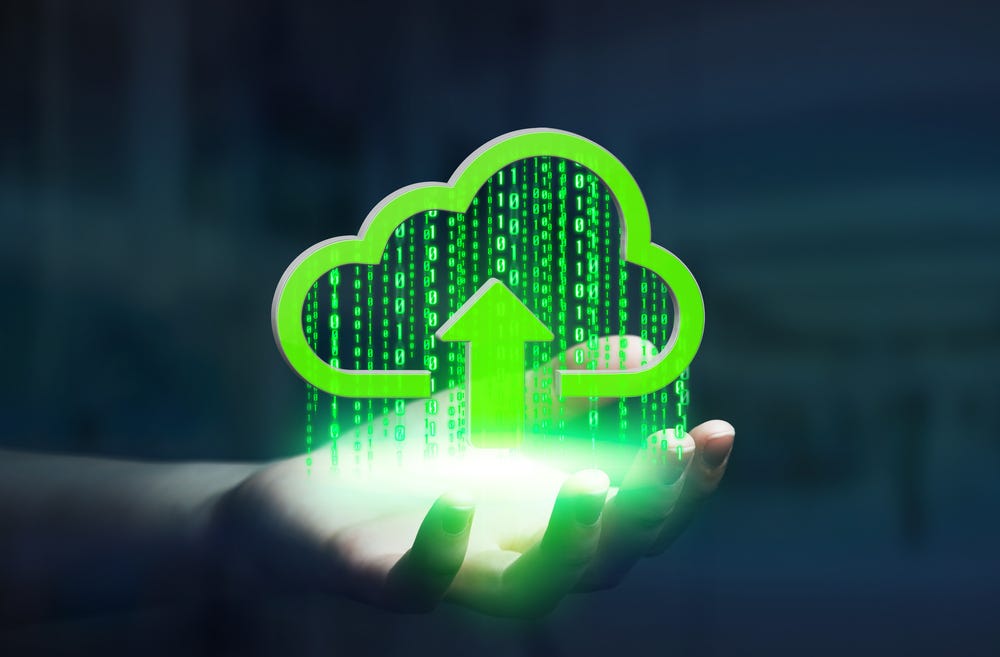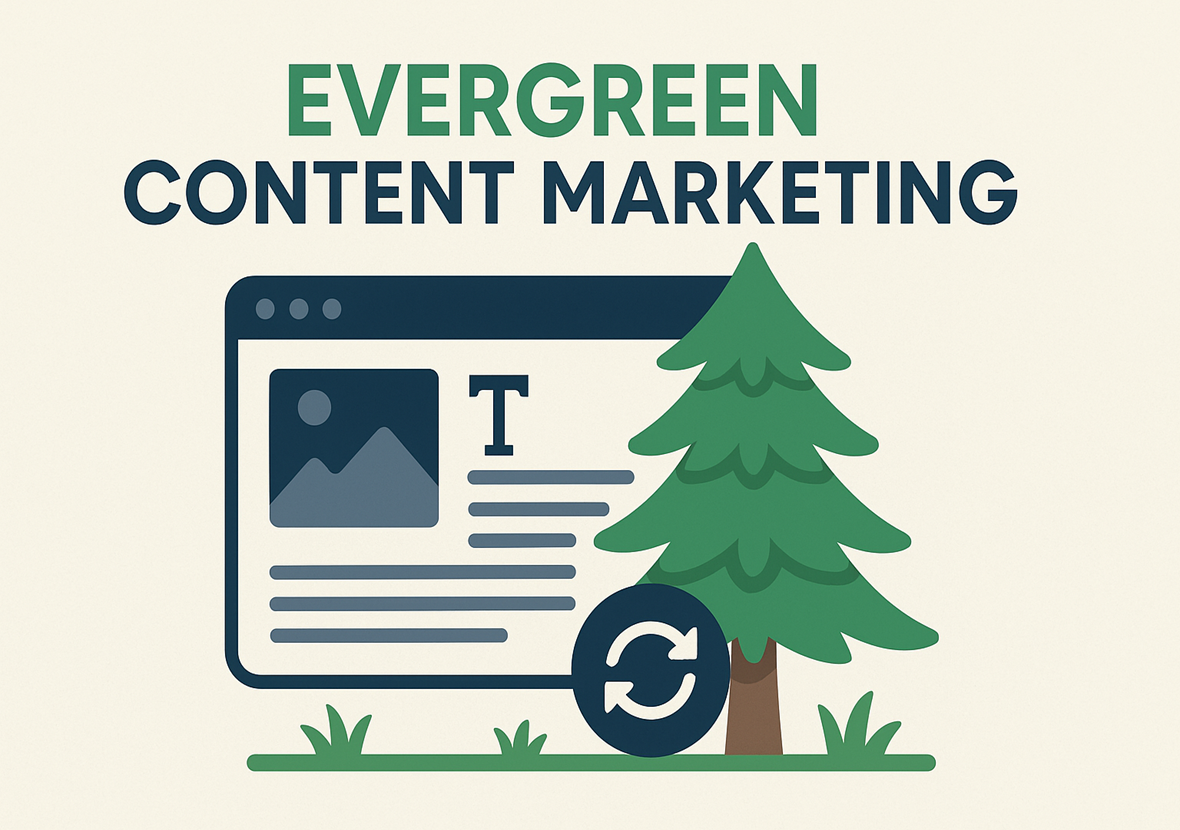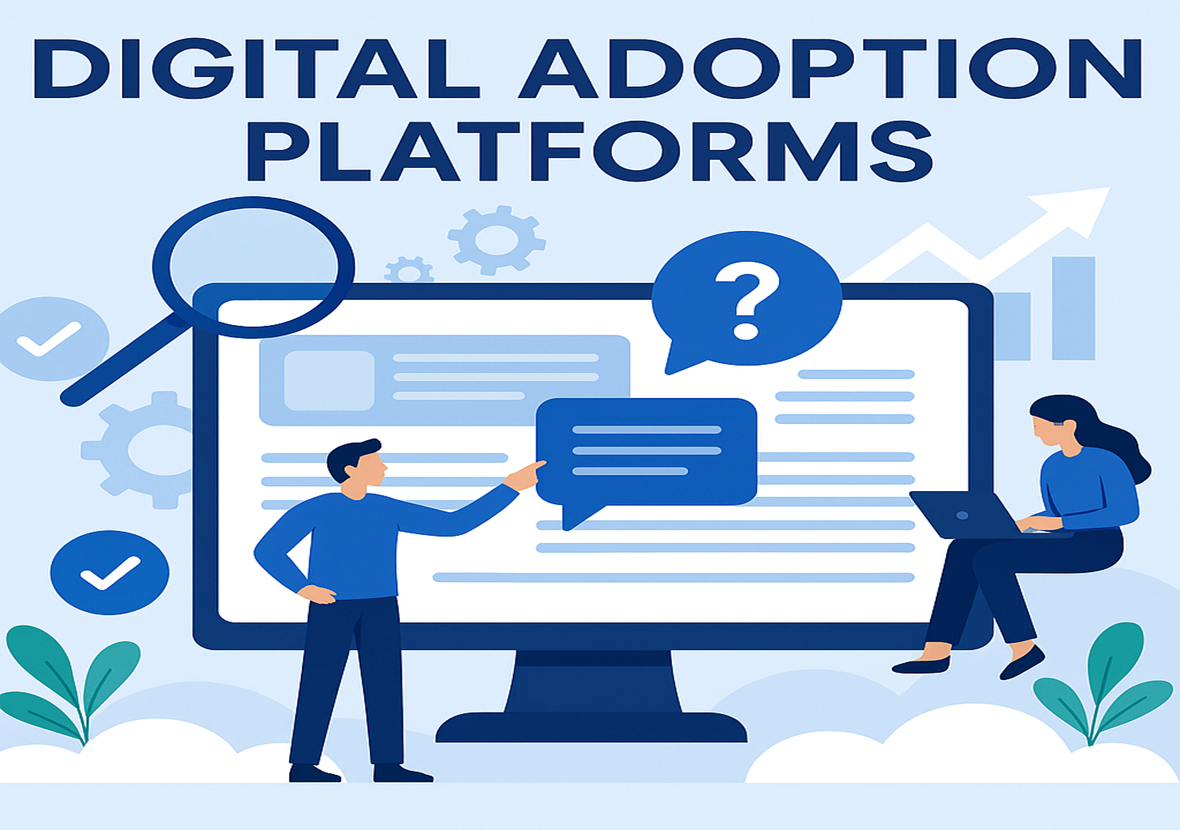Why the Smartest Brands Are Building Communities First
It used to be that brands fought for attention with ads, discounts, and flashy slogans. But now, in a world where trust is currency and customers crave connection, the smartest brands are flipping the script. Instead of marketing to people, they’re building communities with them. It’s called community-led marketing, and it’s changing everything.
With social media fatigue, ad blockers on the rise, and increasing customer skepticism, traditional marketing is losing its punch. That’s why community-first strategies are not just smart—they’re necessary. They offer deeper engagement, long-term loyalty, and authentic advocacy that paid ads simply can’t buy. In fact, studies show that 66% of consumers are more loyal to brands that build relationships, not just sell products.
In this post, we’ll explore why brands that lead with community are winning in today’s landscape. You’ll learn what community-led marketing is, how it differs from traditional tactics, and how brands like Glossier, LEGO, and Notion are making it work. We’ll also show you how to start building your own brand community—whether you’re a startup or an established player looking for deeper connections.
What Is Community-Led Marketing and Why Now?
Community-led marketing is a strategy where the brand becomes a facilitator instead of just a broadcaster. It puts customers at the center—not as consumers, but as collaborators. Rather than simply promoting a product or service, it creates space for conversations, co-creation, and shared values. This approach invites your audience to become part of something bigger than a transaction.
Why now? Because digital culture has shifted. People are more selective about where they give their attention and who they trust. Algorithms change, platforms rise and fall, but communities have staying power. When a brand builds a true community, it creates a space where members support each other and advocate organically.
Take Notion, the popular productivity app. It didn’t grow on advertising alone. It grew because of a passionate user base sharing templates, hosting workshops, and creating YouTube content. The brand nurtured that community by giving them tools, spotlighting user stories, and listening closely. This is what modern marketing looks like when community comes first.
From Audience to Tribe: How Communities Deepen Brand Loyalty
There’s a big difference between an audience and a community. An audience watches. A community interacts. When people feel they belong, they show up—not just to buy, but to support, share, and stick around. This emotional investment creates loyalty that’s hard to break.
Let’s look at Glossier. This beauty brand didn’t just launch with a product line; it launched with a blog and a mission to include real women in the conversation. From there, it grew a community that tested products, gave feedback, and even inspired new product lines. Customers weren’t just buyers—they were contributors. And that’s why many of them remain fiercely loyal, even as competition grows.
When your brand becomes a space where people feel seen, heard, and valued, they’ll come back—not because they need to, but because they want to. That kind of loyalty doesn’t fade when a better price shows up. It endures.
Community-First Brands Outperform with Organic Growth
You can spend millions on ads and still struggle to build trust. Or you can build a community that grows itself. Community-first brands benefit from word-of-mouth marketing, user-generated content, and viral momentum—all without relying heavily on paid promotion.
Reddit threads, YouTube reviews, Discord groups—these are today’s growth engines. Brands like Figma have tapped into this by nurturing design communities that create tutorials, host events, and solve real problems together. The result? A loyal following that grows without the need for constant ad spend.
This kind of organic growth doesn’t happen by accident. It’s a result of consistent investment in the people behind the metrics. Community-led marketing focuses less on impressions and more on impact. It turns your best customers into your best marketers—naturally.
Co-Creation Is the New Customer Engagement
One of the biggest advantages of community-led marketing is co-creation. This is when customers actively help shape your brand—through feedback, content, ideas, or even product development. It’s not just about engagement; it’s about empowerment.
LEGO has done this for decades with its Ideas platform. Fans submit original designs, vote on favorites, and if a concept gets enough support, LEGO actually produces and sells it. That’s not just customer involvement—it’s customer ownership. And it leads to products with built-in buyers before they ever hit the shelves.
Co-creation increases trust, reduces guesswork, and drives innovation. It also makes people feel invested in your success. When someone helps create a product, they’re far more likely to promote it. Brands that embrace co-creation build stronger, more resilient relationships with their audience.
How to Start Building a Community Around Your Brand
If you’re new to community-led marketing, the idea can feel overwhelming. But building a brand community doesn’t require a massive budget or a million followers. It starts with one thing: intention. You need to genuinely care about creating value for your audience beyond what you sell.
Start by identifying your “why.” What do you stand for? What can people gather around besides your product? Once you have that, choose the right platform—maybe it’s a private Slack group, a Facebook community, or even a local meetup. Make it a two-way street. Ask questions, respond with empathy, and let your audience guide the direction.
Consistency matters more than volume. Show up regularly, spotlight your members, and give them tools to connect with each other. Whether it’s through AMAs, user stories, or behind-the-scenes content, treat your community like a living, breathing part of your brand—not just a channel to push updates.
As your community grows, so will its value. You’ll gain insights, advocacy, and loyalty you can’t buy. And in a noisy world, that’s your biggest competitive edge.
The Long-Term ROI of Building Community First
Community-first marketing isn’t a quick hack. It’s a long game—but one with serious payoff. When you lead with community, you build a foundation of trust that carries you through economic shifts, product changes, and algorithm updates.
This isn’t just theory. Studies show that community-led companies see higher retention, stronger customer lifetime value, and faster product adoption. Why? Because when people feel like they’re part of something, they stick around.
Look at Duolingo. It’s more than a language app. It’s a movement, a meme, and a shared challenge. Their community is so strong, it fuels the brand’s personality, content, and momentum. That’s the power of community—it amplifies everything you do.
So if you’re focused on long-term brand health, it’s time to shift from campaign thinking to community thinking. Invest in relationships before reach, and you’ll build something that outlasts every trend.
https://usfonts.link/telehealth-certification/
Conclusion
In 2025, the brands that win aren’t the ones shouting the loudest. They’re the ones building the strongest relationships. Community-led marketing flips the traditional script by turning your customers into collaborators and advocates. It’s not just a smarter way to grow—it’s a more human one.
We’ve seen how brands like Notion, Glossier, and LEGO are leveraging community to drive loyalty, engagement, and innovation. And we’ve broken down the strategies you can use to build your own brand community—starting with purpose, listening deeply, and co-creating with your audience.
If you’re ready to future-proof your brand and build something that lasts, start with community. It’s not just a tactic—it’s your most valuable asset.














